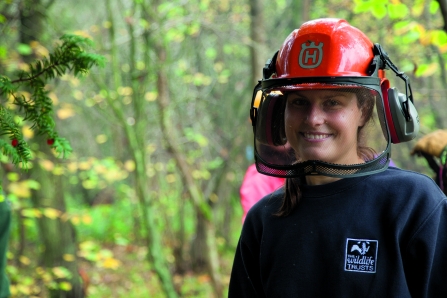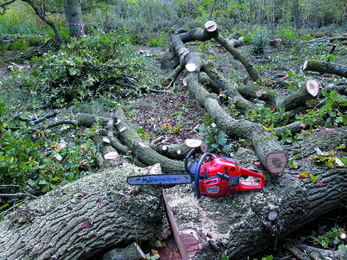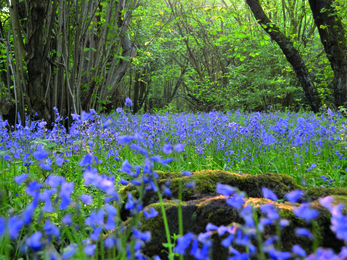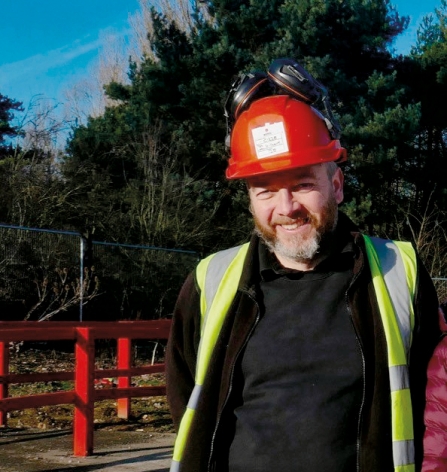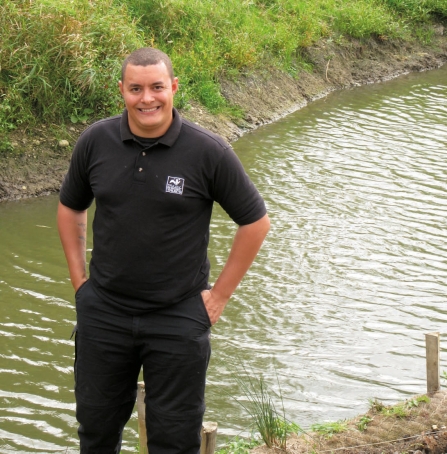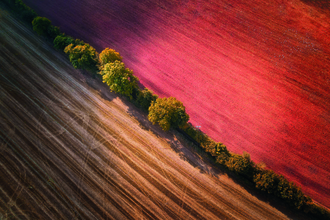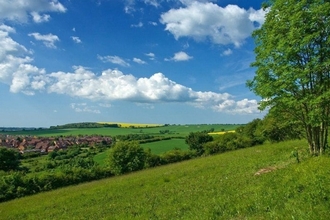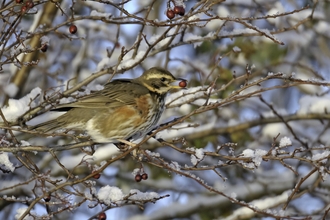Woodland management
Woodlands with a variety of trees and of different ages support more wildlife. Left unmanaged, woodlands can become very dark to the detriment of nesting birds, insects and wildflowers. We won’t cut all the trees down, as Amanda Kent explains:


